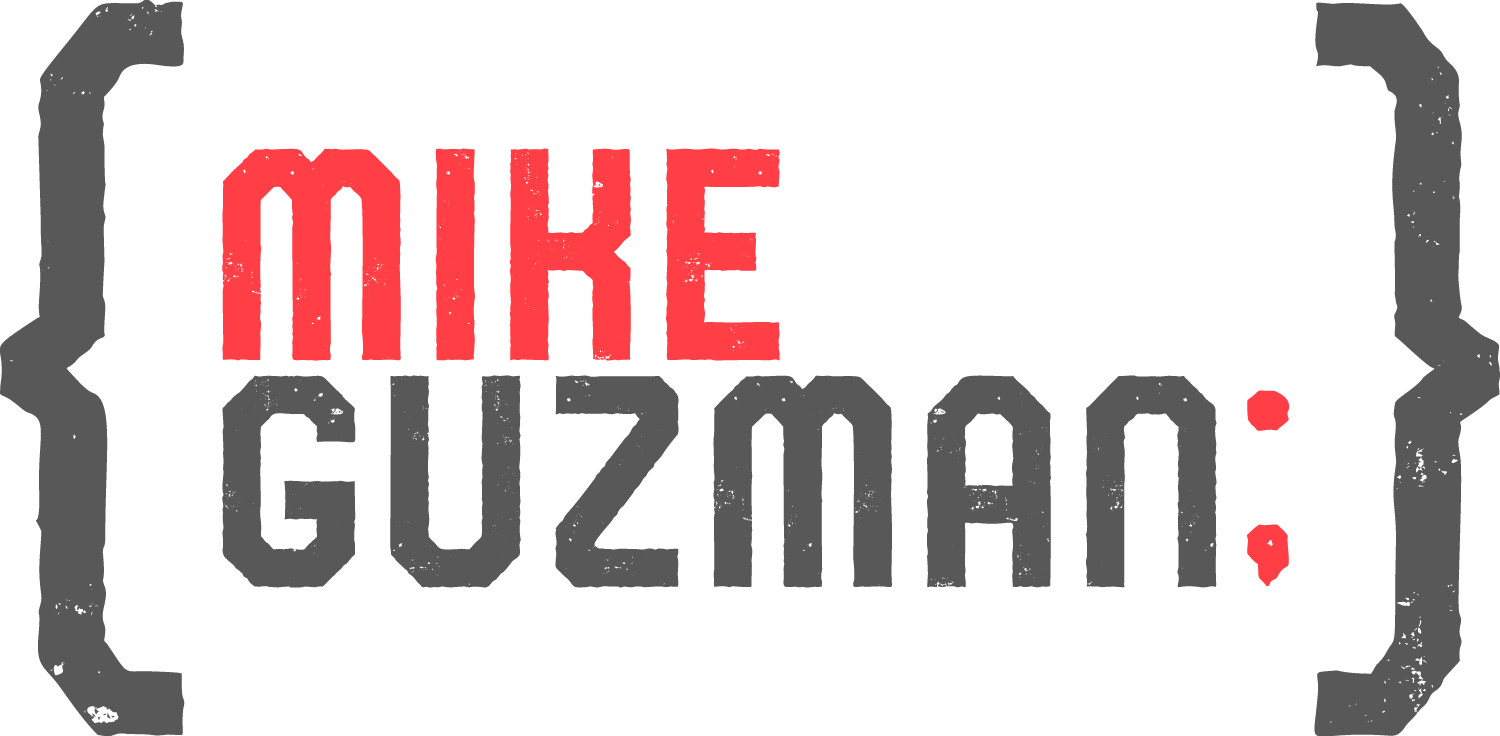Definition: Memory management in programming, specifically in C++, involves the allocation, management, and release of memory in the computer’s RAM to optimize the efficiency and speed of applications.
Importance: Discuss why memory management is crucial in C++ for resource management, preventing memory leaks, and ensuring efficient use of memory.
Types of Memory
Stack Memory
Stack memory is a region of memory where local variables are stored. It works on the principle of “last in, first out” (LIFO). This means the last variable pushed onto the stack will be the first one to be popped off when it’s no longer needed.
Characteristics of Stack Memory:
- Automatic Memory Management: Memory allocation and deallocation for variables on the stack are handled automatically. When a function is called, its local variables are pushed onto the stack, and when the function returns, these variables are popped off the stack.
- Limited Size: The stack has a limited size, which means it’s not suitable for large data structures or for allocating memory that needs to exist beyond the lifetime of a function call.
- Fast Access: Accessing stack memory is generally faster than heap memory because of its contiguous nature and the simplicity of the allocation and deallocation mechanism.
- Scope and Lifetime: Variables on the stack exist within the scope of the block in which they are defined. Once the block (like a function) is exited, these variables are automatically destroyed.
Example:
#include <iostream>
void displayNumber() {
int num = 50; // Local variable 'num' is allocated on the stack.
std::cout << "Number: " << num << std::endl;
// 'num' is automatically deallocated when this function ends.
}
int main() {
displayNumber(); // Calls 'displayNumber', pushing 'num' onto the stack.
// 'num' is popped off the stack and destroyed here as 'displayNumber' returns.
return 0;
}In this example, when displayNumber() is called from main(), the local variable num is pushed onto the stack. As soon as displayNumber() finishes execution, num is popped off the stack, and its memory is automatically reclaimed.
Heap Memory
Heap memory, also known as dynamic memory, is a region of memory used for dynamic memory allocation. Unlike stack memory, which is automatically managed and limited in size, heap memory provides greater flexibility but requires explicit management by the programmer.
Characteristics of Heap Memory:
- Manual Memory Management: Programmers are responsible for allocating and freeing memory in the heap. This is done using
newanddelete(ornew[]anddelete[]for arrays) in C++. - Larger Size: The heap is typically much larger than the stack, making it suitable for large data structures or for data that must persist beyond the scope of a function call.
- Slower Access: Accessing heap memory can be slower compared to stack memory due to the complexities of memory allocation and deallocation mechanisms.
- Lifetime Independent of Scope: Memory on the heap is not bound to the scope in which it is allocated. It remains allocated until it is explicitly freed, even after the function in which it was allocated returns.
Example:
#include <iostream>
int* allocateArray(int size) {
int* array = new int[size]; // Dynamically allocate an array on the heap.
for (int i = 0; i < size; ++i) {
array[i] = i * i; // Initialize array elements.
}
return array; // Return the pointer to the heap-allocated array.
}
int main() {
int size = 10;
int* myArray = allocateArray(size); // Allocate array on the heap.
for (int i = 0; i < size; ++i) {
std::cout << myArray[i] << " ";
}
std::cout << std::endl;
delete[] myArray; // It's crucial to free the heap memory.
return 0;
}In this example, allocateArray function dynamically allocates an array of integers on the heap and returns a pointer to it. The main function then prints the array’s contents. Finally, delete[] is used to free the allocated memory, preventing a memory leak.
Memory Allocation
newOperator:- Syntax:
Type* variable = new Type; - Use: Dynamically allocates memory for a single object of
Type.
- Syntax:
new[]Operator:- Syntax:
Type* array = new Type[n]; - Use: Allocates memory for an array of
nobjects ofType.
- Syntax:
Example:
int* ptr = new int; // Allocating memory for an integer.
int* arr = new int[10]; // Allocating memory for an array of 10 integers.Freeing Memory
deleteOperator:- Syntax:
delete pointer; - Use: Deallocates memory allocated for a single object.
- Syntax:
delete[]Operator:- Syntax:
delete[] array; - Use: Deallocates memory allocated for an array of objects.
- Syntax:
Example:
delete ptr; // Freeing memory allocated for a single integer.
delete[] arr; // Freeing memory allocated for an array of integers.Best Practices in Memory Management
- Avoid memory leaks by ensuring every
newis matched with adelete. - Handle exceptions to prevent memory leaks.
- Prefer smart pointers (e.g.,
std::unique_ptr,std::shared_ptr) for automated memory management.




